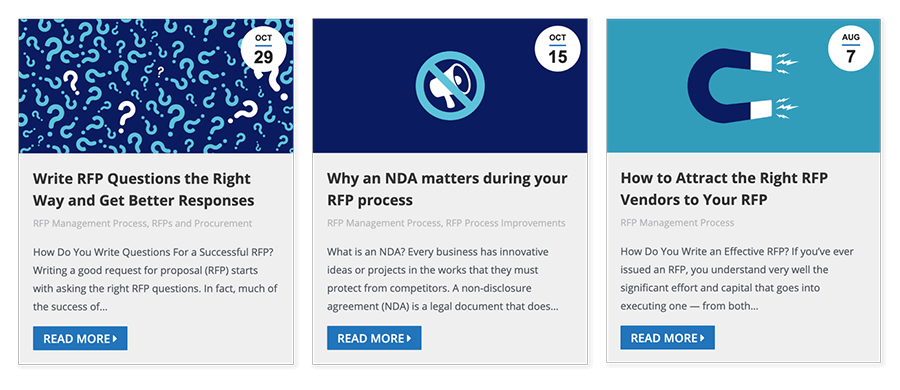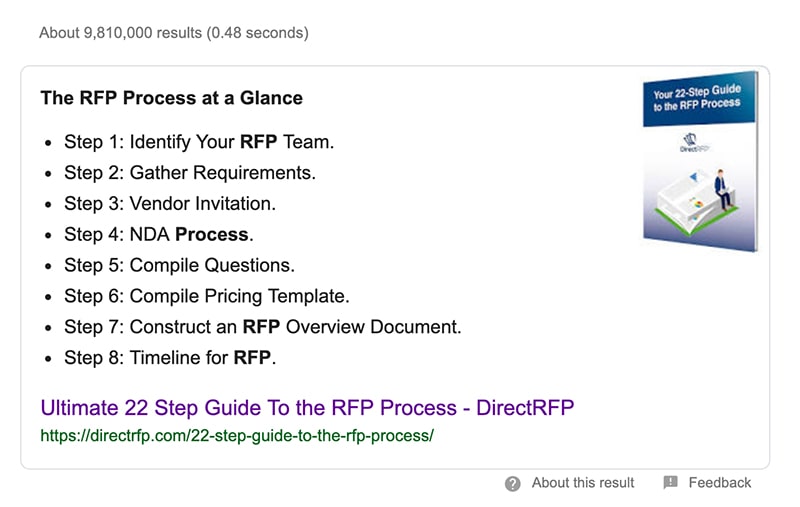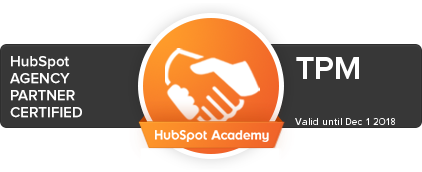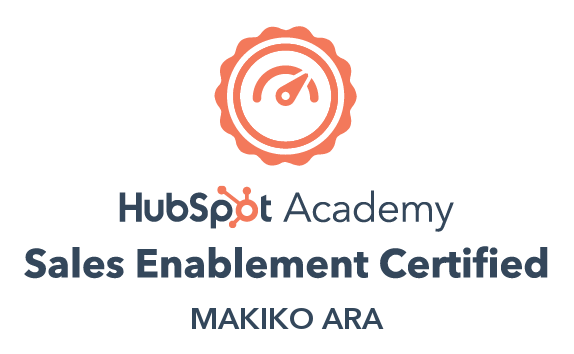
How DirectRFP® achieved a 141% growth in conversion rate through a targeted pillar content strategy

When you’re a growing SaaS competing with big players online, a savvy approach to search engine optimization is essential to winning business.
These days, it seems like a new digital startup is born every day. But only around half survive even to their fifth year. Achieving success requires more than just creating a viable product. To survive and thrive, startups must constantly out-maneuver the competition while also satisfying potential customers at every point of the buyer’s journey.
DirectRFP is doing just that.
Changing The Face of Procurement
Based in Roseville, California, DirectRFP is on a mission to disrupt the traditional RFP procurement process. For decades, businesses of all sizes have followed a manual process for building their RFP — an all too lengthy and costly process.
But with DirectRFP’s SaaS software platform, that process is becoming a whole lot easier. Completely automated, DirectRFP eliminates 90% of the manual steps teams need to take to build, share, and evaluate their RFPs.
In a word, DirectRFP is revolutionary.
But creating an amazing product is just step one. To make that product a success, DirectRFP needed to get that product noticed by its targeted users. And to do that, they needed to build a strategic presence online.
Small Business, Big Goals
Like many growing startups in the beta development phase, DirectRFP is rich in technical and product expertise but lacks in marketing manpower. Having successfully worked with Total Product Marketing for years as part of his other company’s marketing efforts (LinkSource), DirectRFP’s CEO Curt Lewis knew TPM was the team to help make his new business a success.
Meeting with TPM Principal Dean Ara, Curt shared his vision for his growing SaaS platform. Deeply familiar with the frustrations many RFP procurement teams have long felt over the manual procurement process, Curt knew that if he could get his product in front of his target users he would change their lives and save them a great deal of money.
It was during this meeting that Curt shared his marketing goals with Dean:


Getting Creative With a Pillar Content Strategy
- Attract traffic faster than traditional organic methods
- Increase conversions
- Keep costs down
- Shape DirectRFP’s emerging content marketing strategy for the future
What is a Pillar Content Strategy
Pillar Content Strategy relies on developing one piece of content to be the cornerstone (or “pillar”) for your strategy. That content must incorporate a high-value keyword that has a significant amount of traffic, and it must be comprehensive and have enough value to capture some of that traffic. Once the pillar piece is published, other content based on related keywords, called topic clusters, is developed and crosslinked with the pillar piece.
What are the Benefits of a Pillar Content Strategy
Google has changed the algorithms that determine what appear in search results. Pillar pages make it easy for Google to quickly sort the page by subject matter and rank it in results. Top results are displayed as featured snippets — providing the answer to frequently searched questions by displaying page content (and a link to its source) right in the search results. Instead of making users scour sites for the information they need, Google search offers the answer up front and gives users the chance to explore the topic further by clicking the link to the site where the featured snippet came from.
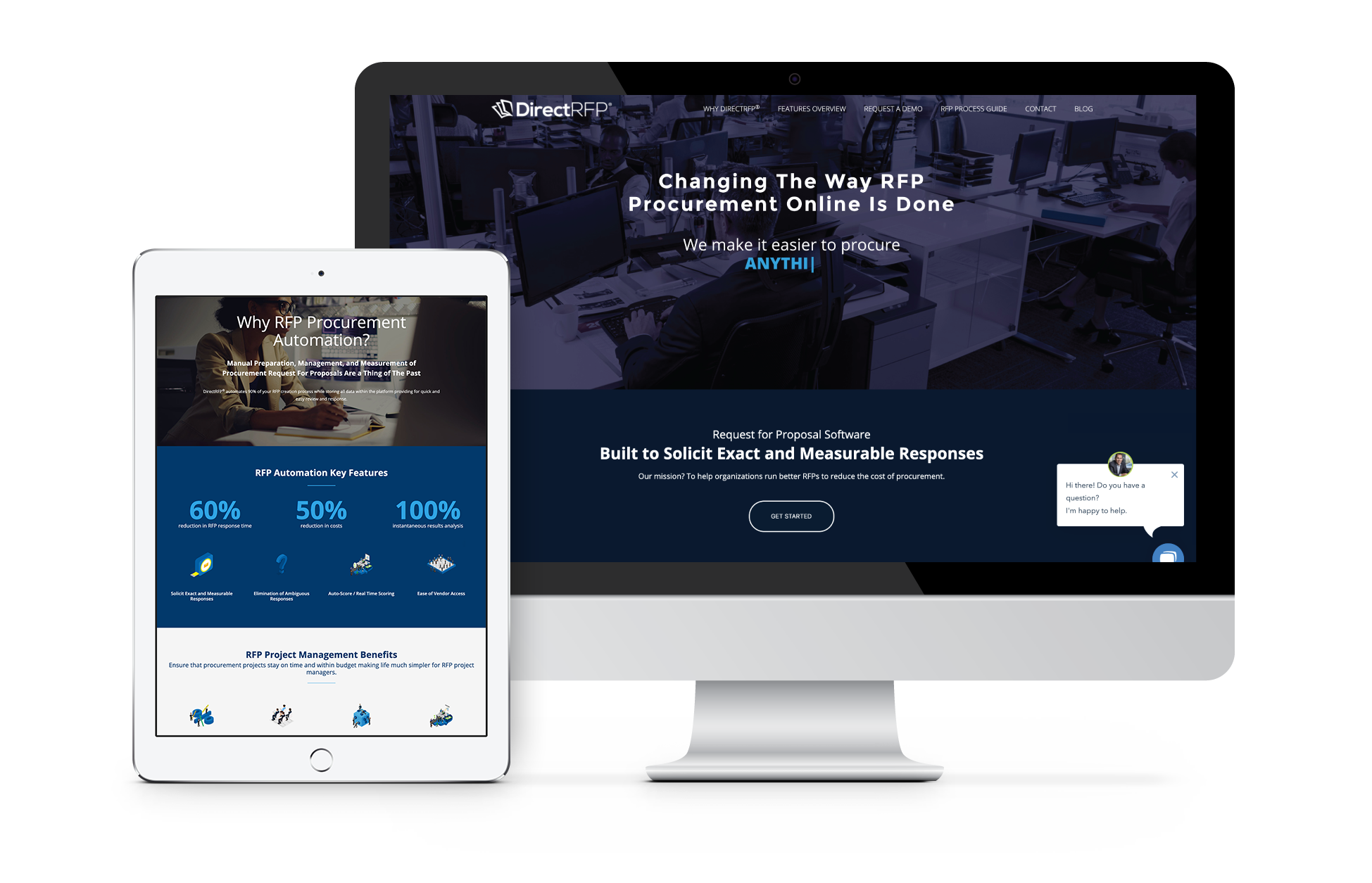
With the website underway, TPM next set to work on developing a pillar content strategy for DirectRFP.
This included researching topic clusters and keywords that would boost the company’s ranking in Google search results.
Evaluating numerous keywords, their rankings, search volumes, and competition, the team landed on a keyword that would serve as the base for their pillar content strategy: RFP Process Guide. In addition to the primary keyword, several supporting keywords were also identified in related topic clusters to help support the pillar content. A full audit of DirectRFP’s existing blogs was also conducted and each were optimized with the new keywords.
TPM next documented popular questions and phrases that would further boost DirectRFP’s SEO in Google Related Searches, People Also Ask boxes, and Featured Snippets.
TPM compiled a list of new blog topics based on the topic clusters.
With this information, the team began formulating their Pillar Content Strategy:
Pillar Content Strategy

Step 1
Write and publish a RFP Process Guide in the form of downloadable PDF to gather leads

Step 2
Identify new blog topics based on keyword and topic clusters

Step 3
Write subsequent blog pieces containing the new keywords and popular Google questions with links back to the downloadable RFP Process Guide
The Pillar Content Strategy Results
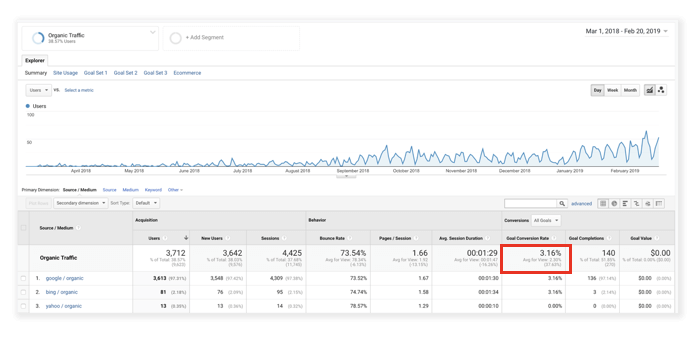
However, this doesn’t tell the whole story. The all-time conversion rate for organic traffic is 3.16%, and better than the 1% industry average in B2B technology.
Since the RFP Process Guide launched in November 2018, it instantly began driving results for DirectRFP.
Organic Traffic (Nov 20 to Feb 20)
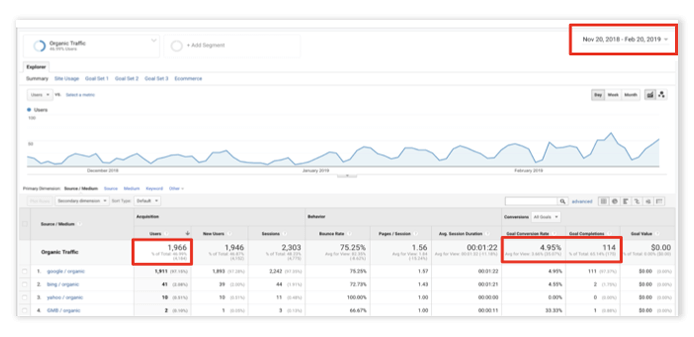
Organic Traffic (Jan 3 to Feb 20)
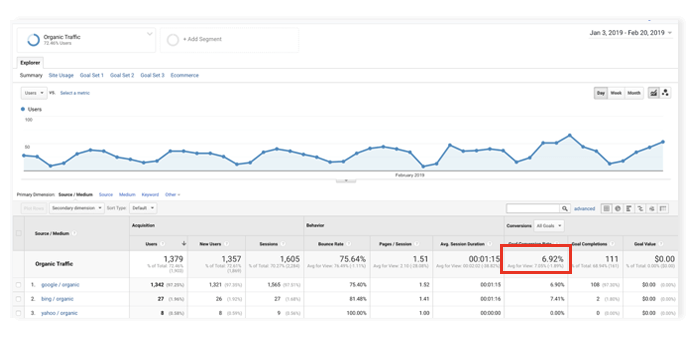

Not only did site traffic continue to climb, but conversions jumped dramatically.
